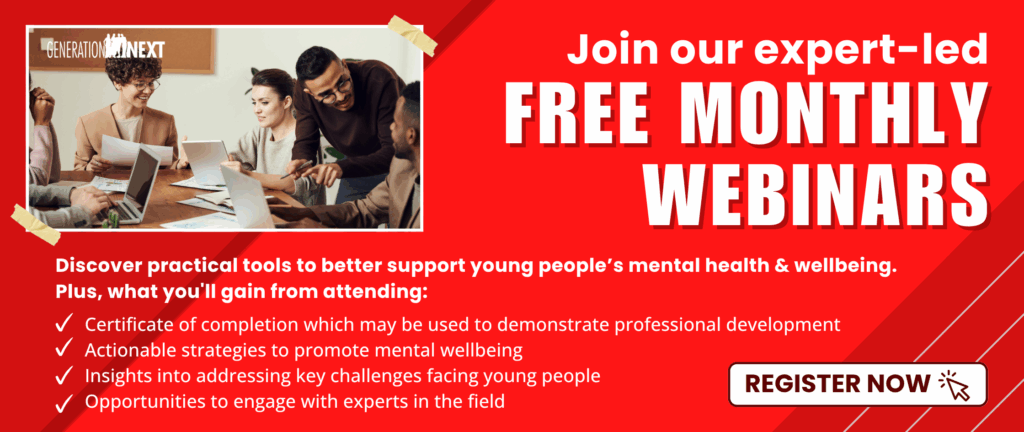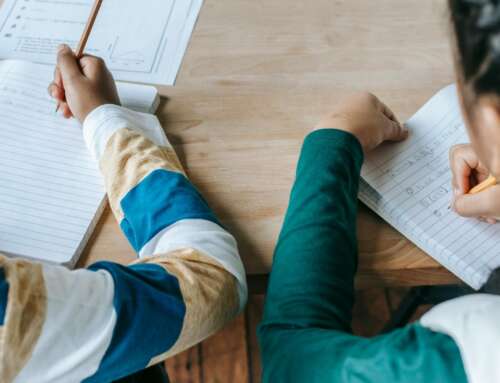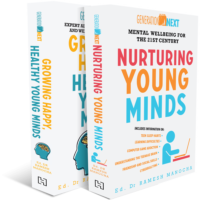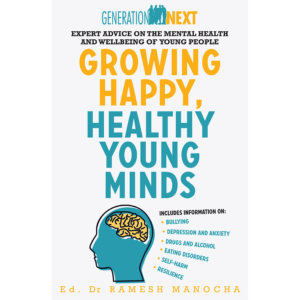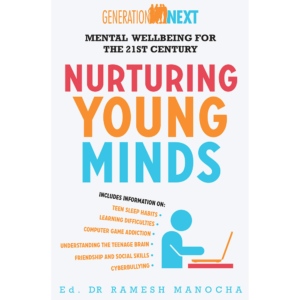For most of the 20th and early 21st centuries, education was built on intuition and tradition. But by 2040, data finally lived up to its promise—not as a collection of numbers, but as a tool to convert information into real knowledge. Automating this process released teachers from the administrative burden of data collection and freed them to do what they do best- teach kids.
The breakthrough? Understanding and enhancing executive functioning. Instead of simply tracking test scores, schools measured and developed the core skills determining long-term success—planning, concentration, memory, impulse control, emotional regulation, and self-efficacy. These were the abilities that empowered students to create a future in a world wouldn’t stand still.
Then came predictive learning. By integrating AI with research on dopamine regulation, schools cracked the code of engagement and motivation. The result? Personalised schedules tailored to each student’s peak learning capacity. Information was paced to match individual concentration spans, with an 85-15 learning model—85% aligned with a student’s strengths, 15% stretching them into new intellectual territory. The goal wasn’t just to make learning effective; it was to make students adaptable, resourceful, and inventive.
Big data also transformed how knowledge was reinforced. Schools fine-tuned the balance between focused practice and retrieval practice—optimising when and how students revisited material to maximise retention. Learning wasn’t just delivered; it was measured, refined, and restructured in real time.
Gamification took this even further. Self-testing became less about stress and more about strategy, turning retrieval into a challenge rather than a chore. Algorithms adapted dynamically as students progressed, ensuring the curriculum was neither too easy nor too overwhelming. Stretch goals were set, learning rates accelerated, and engagement soared as students experienced incremental success and positive feedback.
And then came the final shift—AI-driven timetabling. Schools no longer forced students into a one-size-fits-all schedule. Instead, personalised timetables aligned learning sessions with peak cognitive performance, reducing disengagement and behavioural issues.
For teachers, the impact was profound. Freed from the administrative burden of tracking and assessing each student manually, they could focus on what mattered most—building connections, designing immersive learning experiences, and fostering curiosity.
It’s a long way from where you are in 2025. But the real question is: how soon will you be able take the first steps?
Hope you can catch your breath long enough to do some big-picture dreaming.
Andrew Fuller
inyahead@aussiebb.com.au


